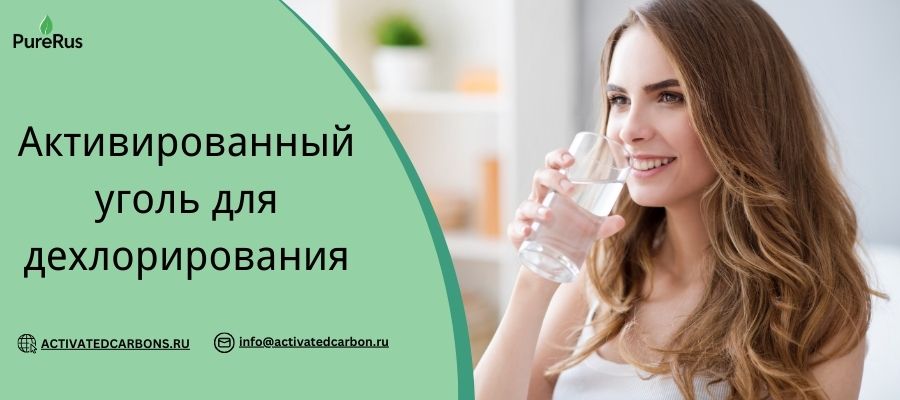Introduction
Dechlorination using activated carbon has become standard practice in water treatment processes, offering an effective and environmentally friendly solution for removing chlorine and its compounds from water.
How does activated charcoal remove chlorine?
Activated carbon removes chlorine through a catalytic reaction rather than simple adsorption. The surface of the carbon converts the free chlorine into chloride ions, which are harmless and remain in the water. This process is very efficient and continues until the surface area of the carbon is no longer available for the reaction.
Primary reaction mechanism
Free chlorine (HOCl and OCl-) contacts the surface of the activated carbon
Activated carbon acts as a catalyst, reducing free chlorine to chlorine ions (Cl-)
Reaction equation: HOCl + C* → H+ + Cl- + CO*
(where C* represents the carbon surface, CO* represents the oxidized carbon surface)
Factors affecting activated carbon dechlorination
Contact time
Contact time plays a crucial role in the chlorine removal efficiency of activated carbon. The Empty Bed Contact Time (EBCT), typically between 3 and 5 minutes, determines how long the water remains in contact with the charcoal surface. Longer contact times typically result in more complete reactions and better chlorine removal, but this must be balanced against practical flow rate requirements.
Temperature
Temperature significantly affects the kinetics of the dechlorination reaction. Higher temperatures accelerate the reaction rate between the chlorine and the carbon surface, with optimum performance typically occurring between 15-35°C. However, extremely high temperatures should be avoided as they can affect the overall system efficiency and the life of the carbon.
PH level
The pH of the water is another critical factor because it determines the form of chlorine present in the water. In the typical pH range of 6-8, chlorine exists as a mixture of hydrochloric acid (HOCl) and hypochlorite ions (OCl-). The ratio of these species affects the reaction rate and overall removal efficiency, with hypochlorous acid generally being more easily removed than hypochlorite ions.
Water quality parameters
Water quality parameters such as the presence of other contaminants and the initial chlorine concentration also affect the dechlorination process. Higher initial chlorine levels may require longer contact times or larger carbon beds, and competing substances may occupy reaction sites and potentially reduce efficiency. Understanding these interactions is critical to the design and operation of efficient dechlorination systems.
Conclusion
Activated carbon dechlorination remains one of the most reliable and cost-effective methods of chlorine removal in water treatment systems. For high quality carbon dechlorination products, trust PureRus Carbon's professional solutions.
Need expert advice on dechlorination solutions? Contact PureRus Carbon for customized advice and premium products.

